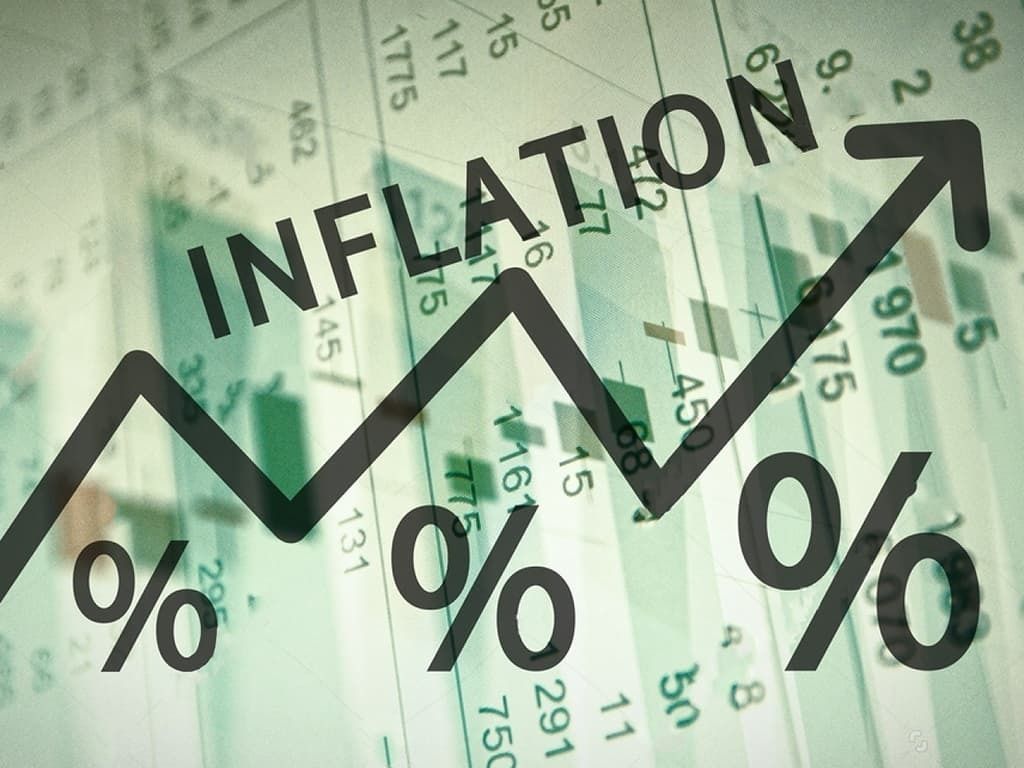
Tanzania's National Consumer Price Index (NCPI) release for September 2025, issued by the National Bureau of Statistics on October 8, 2025, reveals a stable macroeconomic environment characterized by headline inflation holding steady at 3.4% year-over-year—the highest level since June 2023 but well within the Bank of Tanzania's (BoT) target range of 3-5%. This marks no change from August 2025, with the overall NCPI edging up slightly to 119.86 (2020=100) from 119.77, driven by modest price increases in select food and non-food items. Food and non-alcoholic beverages inflation eased to 7.0% from 7.7%, reflecting a -0.6% monthly dip in the index, while non-food inflation ticked up to 1.9% from 1.6%. Core inflation, excluding volatile items like unprocessed food and energy, rose modestly to 2.2% from 2.0%, signaling underlying price pressures remain contained.
This stability, amid robust GDP growth of 5.4% in Q1 2025, underscores Tanzania's resilient post-pandemic recovery and effective policy framework.
Tanzania Inflation Overview (September 2025)
| Indicator | August 2025 | September 2025 | Change | Notes |
| Headline Inflation Rate | 3.4% | 3.4% | — | Inflation remained unchanged month-to-month. |
| Overall NCPI (2020 = 100) | 119.77 | 119.86 | +0.09 | Slight increase in prices across key goods and services. |
| Food & Non-Alcoholic Beverages Inflation | 7.7% | 7.0% | ▼ -0.7 | Price growth for food items slowed down. |
| All Items Less Food & Non-Alcoholic Beverages | 1.6% | 1.9% | ▲ +0.3 | Non-food inflation slightly increased. |
| Core Inflation | 2.0% | 2.2% | ▲ +0.2 | Excludes volatile items (unprocessed food, energy, utilities). |
Inflation by Main Consumption Group (September 2025)
| Main Group | Weight (%) | Index (Sept 2024) | Index (Aug 2025) | Index (Sept 2025) | 1-Month % Change | 12-Month % Change |
| Food & Non-Alcoholic Beverages | 28.2 | 121.17 | 130.48 | 129.70 | -0.6 | 7.0 |
| Alcoholic Beverages & Tobacco | 1.9 | 109.62 | 112.90 | 113.60 | +0.6 | 3.6 |
| Clothing & Footwear | 10.8 | 112.96 | 114.77 | 115.09 | +0.3 | 1.9 |
| Housing, Water, Electricity, Gas & Other Fuels | 15.1 | 115.76 | 118.10 | 118.48 | +0.3 | 2.3 |
| Furnishings & Household Equipment | 7.9 | 113.77 | 116.32 | 116.99 | +0.6 | 2.8 |
| Health | 2.5 | 108.31 | 109.55 | 109.60 | 0.0 | 1.2 |
| Transport | 14.1 | 118.28 | 119.69 | 120.78 | +0.9 | 2.1 |
| Information & Communication | 5.4 | 106.09 | 106.32 | 106.31 | 0.0 | 0.2 |
| Recreation, Sport & Culture | 1.6 | 110.18 | 111.19 | 111.10 | -0.1 | 0.8 |
| Education Services | 2.0 | 108.81 | 111.99 | 111.99 | 0.0 | 2.9 |
| Restaurants & Accommodation | 6.6 | 116.27 | 117.29 | 117.39 | +0.1 | 1.0 |
| Insurance & Financial Services | 2.1 | 101.98 | 102.36 | 102.34 | 0.0 | 0.4 |
| Personal Care & Miscellaneous | 2.1 | 115.67 | 118.36 | 118.30 | 0.0 | 2.3 |
| Total (All Items Index) | 100.0 | 115.88 | 119.77 | 119.86 | +0.1 | 3.4 |
Key Monthly Drivers (Aug–Sept 2025)
Price increases were observed in:
Economic Implications of Tanzania's September 2025 Inflation Data
1. Monetary Policy and Macroeconomic Stability
2. Impact on Household Consumption and Poverty
| Category | Weight (%) | 12-Month Inflation (Sept 2025) | Implication for Households |
| Food & Non-Alcoholic Beverages | 28.2 | 7.0% | Easing trend aids affordability of staples, reducing food insecurity risks. |
| Housing, Water, Electricity, Gas & Fuels | 15.1 | 2.3% | Modest rises in fuels like kerosene signal ongoing utility vulnerabilities. |
| Transport | 14.1 | 2.1% | Stable growth supports commuting costs, benefiting informal workers. |
| All Items Less Food | 71.8 | 1.9% | Low non-food pressures preserve purchasing power for durables. |
3. Sectoral and Supply-Side Dynamics
4. Broader Growth and Investment Outlook
In summary, September 2025's inflation data signals a "soft landing" for Tanzania's economy—stable prices fostering inclusive growth without derailing expansion. This positions the country favorably in East Africa, where peers face higher volatility, and supports the BoT's projection of inflation averaging 3.4% for the year. Policymakers should prioritize agricultural diversification and energy security to sustain this momentum into 2026.